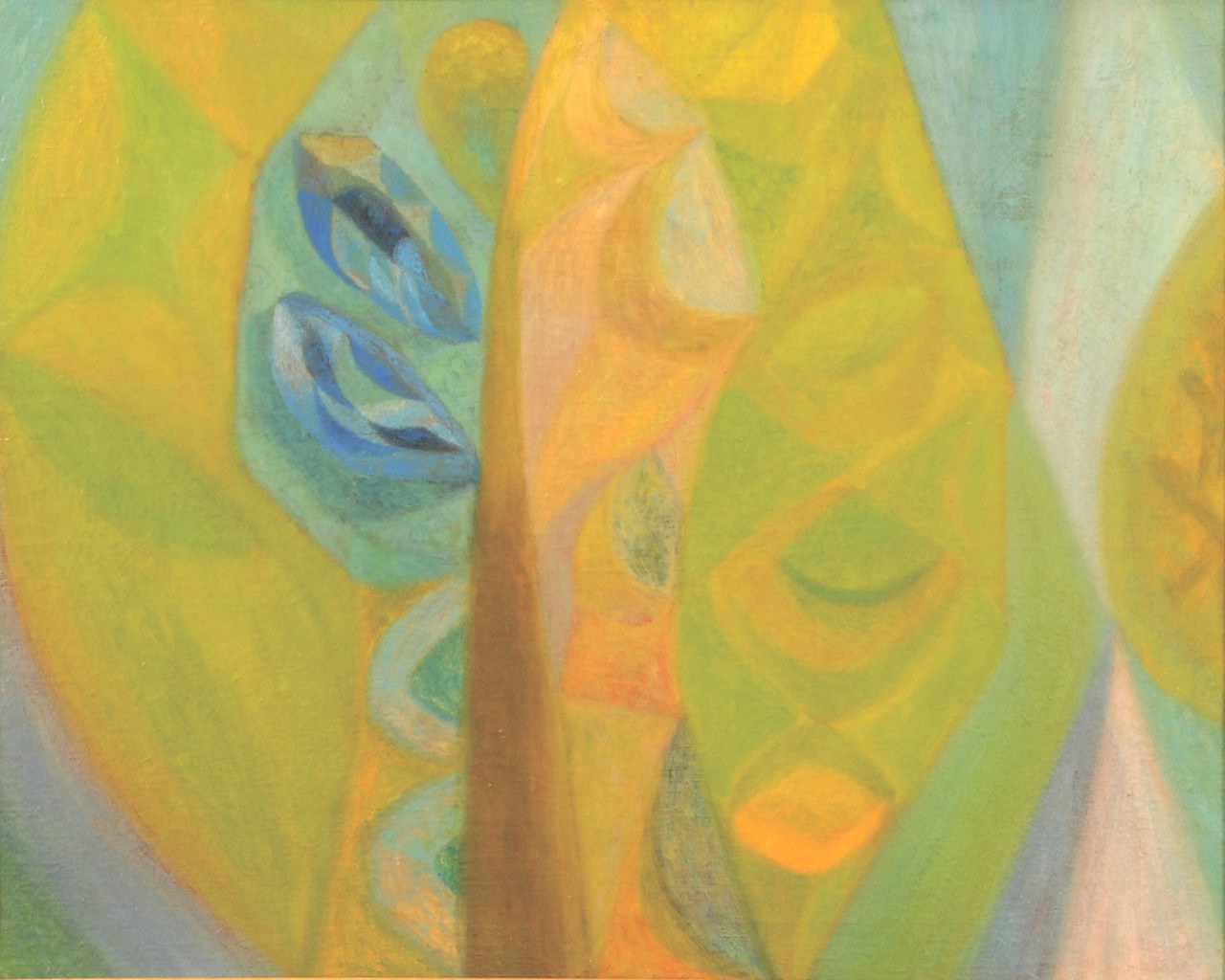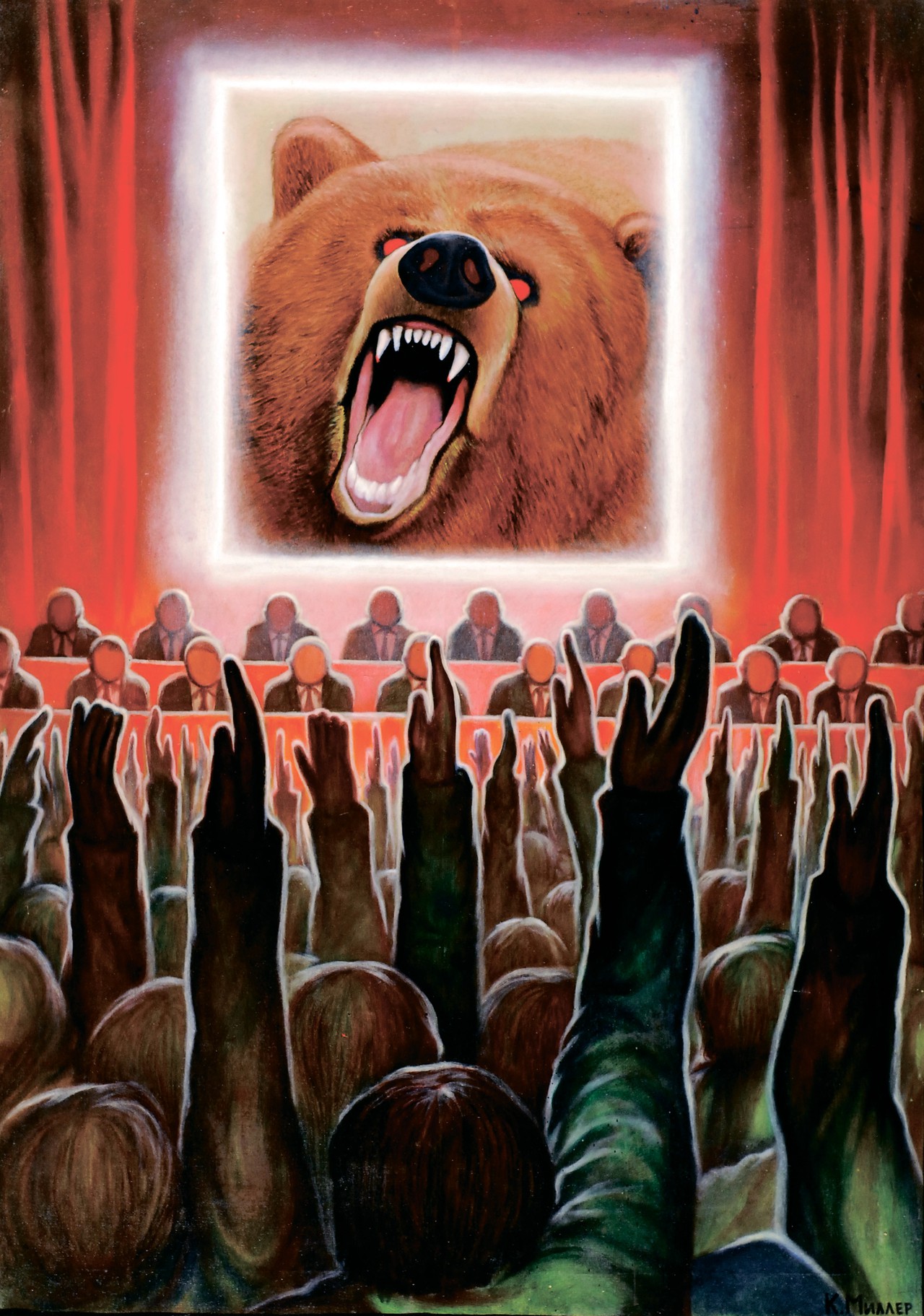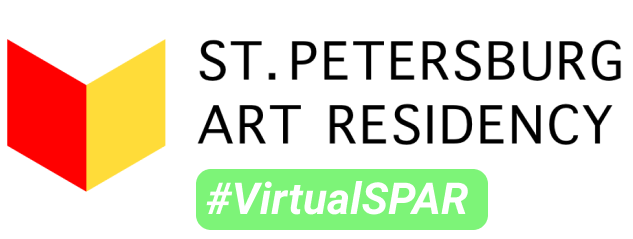(NON)conformism – ?
The Nonconform project, that we’ve been working for a while now, is in its most exciting phase – the six artists from Russia and the U.S. are undertaking virtual residencies, and we’re creating some first plans for the future exhibition (more on that later).
I would like to thank all of you involved for the wonderful discussions we had during our recent group sessions. I would also like to explain, why this experience is so important for me as a curator/researcher and for our museum.
We’ve been thinking for a very long time now about ways of working with our collection. Not just exhibiting and publishing the art works, but understanding the phenomenon of nonconformism and nonconformist art on a deeper level, looking at it from different cultural, historical and sociopolitical persepctives. There are many inspiring examples of how international museums engage with contemporary artists to rethink the heritage of the past in an institutional context. One of the most famous ones is the project Mining The Museum by Fred Wilson at the Maryland Historical Society from 1992.
So we decided that working with international contemporary artists might help us not only reactualizes the creative heritage of the nonconformist culture, but also gain new visions on this phenomenon. It is an opportunity for us to view it from a particular distance, answer (or think about) questions we haven’t asked ourselves before, and create ties to what’s happening today.
The meaning of the word “nonconformism”, the message behind it, the criteria for defining nonconformist art – this is what we’ve been discussing recently. I still have to digest and organize all of the thoughts that were shared, to help myself start, I’ve put together a short list of key questions that were raised:
- What was the origin of nonconformist art in Soviet Russia?
- Did the artists of this movement identify themselves as nonconformist artists or is this a term that came from the outside and wasn’t accepted by everyone?
- Visually and thematically there was no unity among nonconformist artists (except for some art collectives, students’ circles following a particular “master”), but what is what united them? Was is a union “for” or “against”? Or both?
- Most of the people expect to see strong political and social critique in the work of nonconformist artists, a visible protest. But a large part of the works in our collection, for instance, doesn’t deal with such themes. Still, may we call them “harmless”? Is there a strong inner protest behind the gesture of disobeying the social realism idelology? Can the decision of making free art be interpreted as a political statement/gesture?
- How is nonconformist art connected to the idea of inner emigration and is it a tie to today’s context? How did the strategies of the dissident culture influence the nonconformist art community?
The big question we will continue discussing is:
What can be called nonconformism in contemporary art?
Is it art created by underrepresented groups? Art, that can’t be monetized/sold and goes against the rules of the art market? A particular approach (resistance?) to the institutional powers? Art, that is “irrelevant” to the current sociocultural agenda?
Two works from our collection that I’d like to share are: “The Face of The Tree” (“Лицо Дерева”) by Gennadiy Zubkov from 1973 and “Without Words” (“Без слов”) by Kirill Miller from 2004.


You Might Also Like:
Van Luong (1)
 Kjell Zillen (4)
Kjell Zillen (4) Mels Dees (9)
Mels Dees (9) Gao Yu (4)
Gao Yu (4)Katya Lebedev (1)
Juan Dies (1)
 Anastasia Prahova (2)
Anastasia Prahova (2)Nena Nastasiya (7)
Taarn Scott (6)
 Cynthia Fusillo (20)
Cynthia Fusillo (20)Roberta Orlando (8)
 Nanda Raemansky (25)
Nanda Raemansky (25) Eliane Velozo (22)
Eliane Velozo (22)Leyya Mona Tawil (1)
Julia Dubovyk (2)
Jianglong (2)
 Iara Abreu (23)
Iara Abreu (23) Agathe Simon (1)
Agathe Simon (1)Rosetta Allan (1)
Elizaveta Ostapenko (5)
 Valentin Boiangiu (2)
Valentin Boiangiu (2) Wesley John Fourie (9)
Wesley John Fourie (9) Renato Roque (3)
Renato Roque (3)Rosa Gauditano (5)
Neerajj Mittra (34)
Ciana Fitzgerald (5)
Boris Moz (3)
 Katerina Muravuova (5)
Katerina Muravuova (5)Kyla Bernberg (1)
 Muyuan He (1)
Muyuan He (1)Liza Odinokikh (2)
 Amalia Gil-Merino (2)
Amalia Gil-Merino (2)Paulo Carvalho Ferreira (6)
 Anastasiia Komissarova (2)
Anastasiia Komissarova (2) Yumiko Ono (1)
Yumiko Ono (1) Stefania Smolkina (1)
Stefania Smolkina (1)Lena Adasheva (1)
 Zahar Al-Dabbagh (1)
Zahar Al-Dabbagh (1) Emily Orzech (6)
Emily Orzech (6) Fernanda Olivares (5)
Fernanda Olivares (5) Noor van der Brugge (3)
Noor van der Brugge (3) Ira Papadopoulou (2)
Ira Papadopoulou (2) Tom Chambers (8)
Tom Chambers (8) Titi Gutierrez (3)
Titi Gutierrez (3) Franz Wanner (2)
Franz Wanner (2) Crystal Marshall (6)
Crystal Marshall (6) Transpositions III (36)
Transpositions III (36) Riddhi Patel (3)
Riddhi Patel (3) Michele Kishita (2)
Michele Kishita (2)Damian Carlton (4)
 Deanna Sirlin (1)
Deanna Sirlin (1) Laura Salerno (3)
Laura Salerno (3) Nina Annabelle Märkl (12)
Nina Annabelle Märkl (12) Elina Fattakhova (1)
Elina Fattakhova (1) Tasha Hurley (1)
Tasha Hurley (1) Ian Hartley (2)
Ian Hartley (2) Laurence de Valmy (2)
Laurence de Valmy (2) Ilia Bouslakov (5)
Ilia Bouslakov (5) Andrea Ahuactzin Pintos (4)
Andrea Ahuactzin Pintos (4) Sveta Nosova (3)
Sveta Nosova (3)Carlos Carvalho (1)
 Maria Timofeeva (1)
Maria Timofeeva (1) Jinn Bug (2)
Jinn Bug (2) Johannes Gerard (3)
Johannes Gerard (3)Irène Mélix (1)
 Aba Lluch Dalena (3)
Aba Lluch Dalena (3) Fabian Reimann (1)
Fabian Reimann (1)Natalia Gourova (1)
 Kate Finkelstein (4)
Kate Finkelstein (4)Raina Greifer (1)
James McCann (2)
Naza del Rosal Ortiz (1)
 Jay Critchley Jay Critchley (1)
Jay Critchley Jay Critchley (1) Vicky Clarke (4)
Vicky Clarke (4) Maria Silva (4)
Maria Silva (4) Shir Cohen (5)
Shir Cohen (5) Peter Shenai (4)
Peter Shenai (4) Bo Choy (4)
Bo Choy (4)Alina Orlov (2)
 Olga Popova (3)
Olga Popova (3) Coco Spencer (2)
Coco Spencer (2) Filippo Fabbri (2)
Filippo Fabbri (2)Daniele Leonardo (5)
 SISTERS HOPE (1)
SISTERS HOPE (1) Scenocosme : Gregory Lasserre & Anais met den Ancxt (4)
Scenocosme : Gregory Lasserre & Anais met den Ancxt (4) Anne Fehres & Luke Conroy (6)
Anne Fehres & Luke Conroy (6) Olesya Ilenok (2)
Olesya Ilenok (2) Marie-Eve Levasseur (4)
Marie-Eve Levasseur (4) Natalia Tikhonova (2)
Natalia Tikhonova (2)Ildar Iakubov (1)
 Evgeniy Lukuta (7)
Evgeniy Lukuta (7) Jarkko Räsänen (5)
Jarkko Räsänen (5)Maria Guta (6)
Egle Kulbokaite Dorota Gaweda (6)
Thomas Kotik (1)
 Andrea Stanislav (3)
Andrea Stanislav (3)Ludmila Belova (1)
Alena Levina (1)
 Ilia Symphocat (2)
Ilia Symphocat (2)Yevgeniy Fiks (1)
Star Trauth (18)
Jyoti Arvey (1)
Les Joynes (2)
 Ekaterina Ivanova (1)
Ekaterina Ivanova (1) Lev Shusharichev (1)
Lev Shusharichev (1)Michael Stebackov (5)
Ryan Griffith (3)


1 Comment
Great essay Anastasia. Our meeting Saturday was very thought provoking. In thinking about non conformity, I’ve become intrigued by defining conformism. How one sees conformity is as interesting as the reaction to it in many ways. It seems like conformism can be a subjective state, yet it certainly doesn’t feel that way. Like love- hard to define but you know it when you feel it.